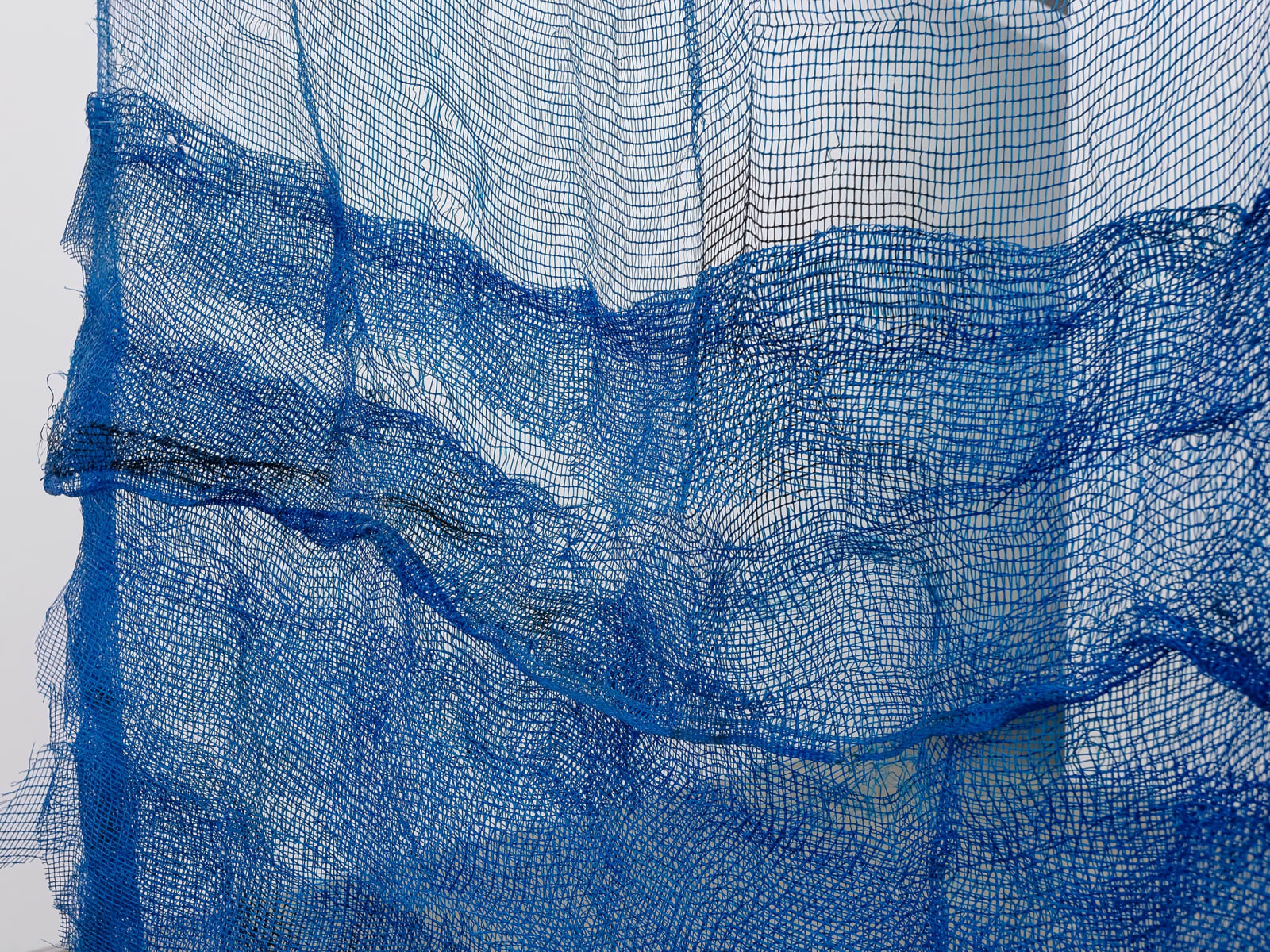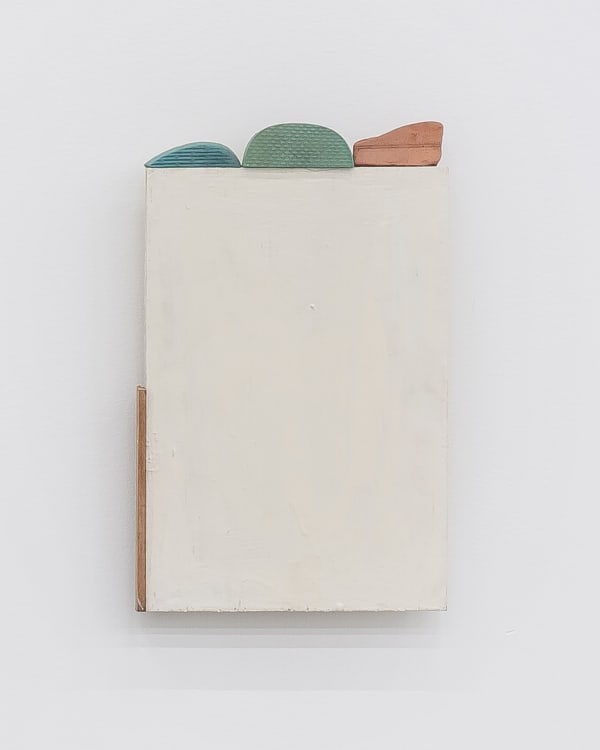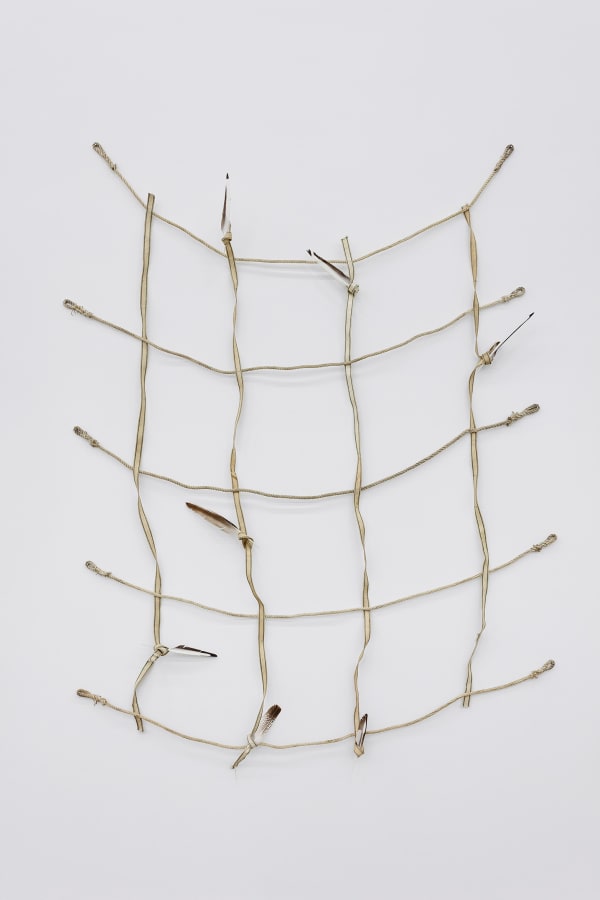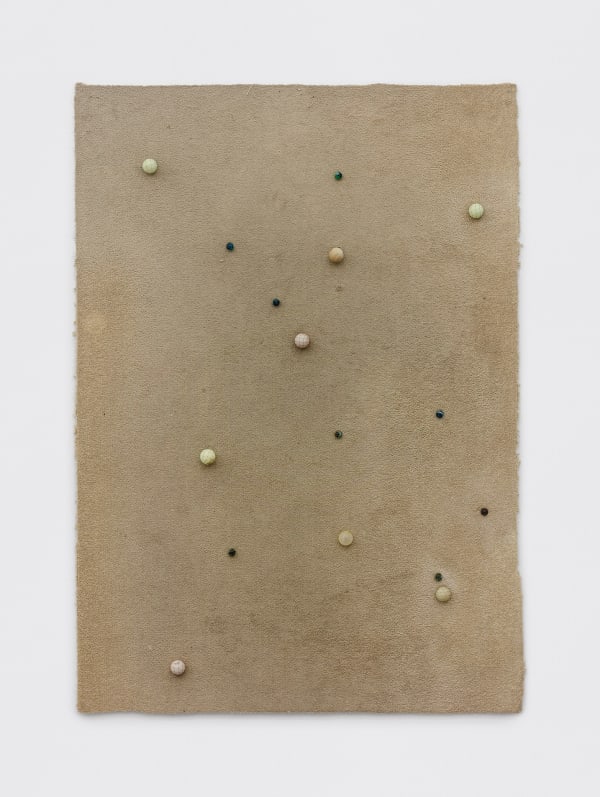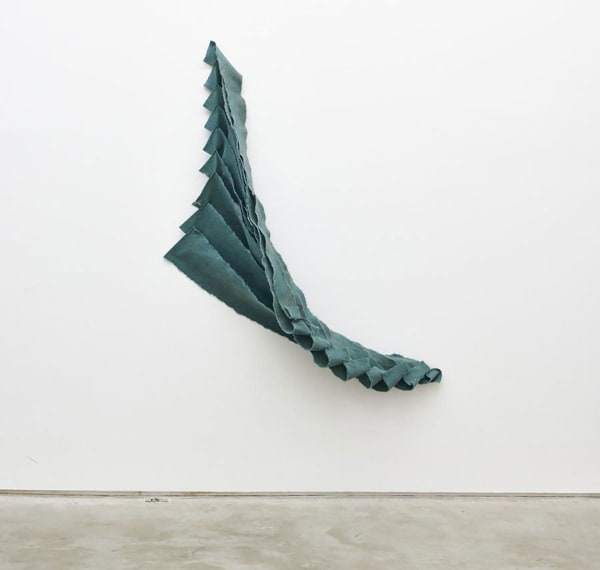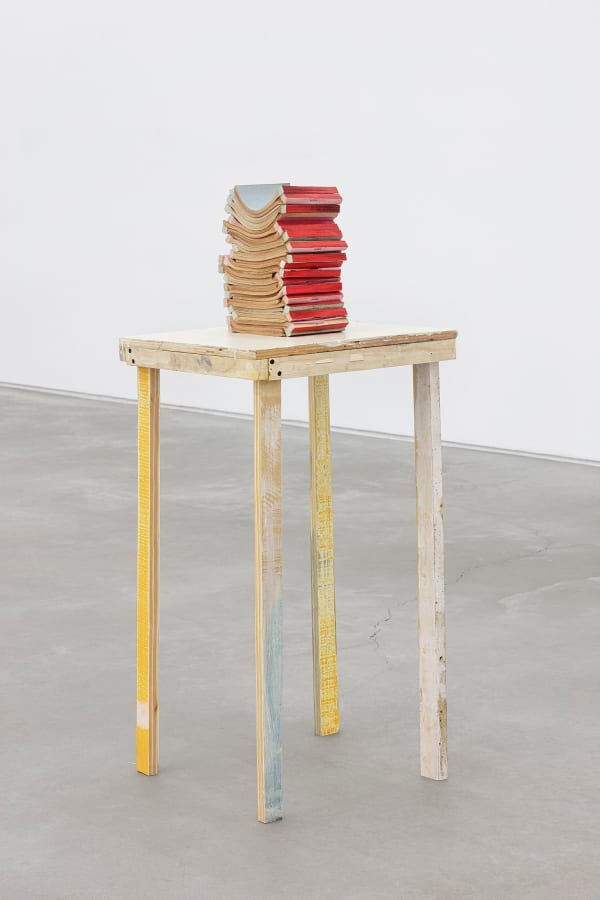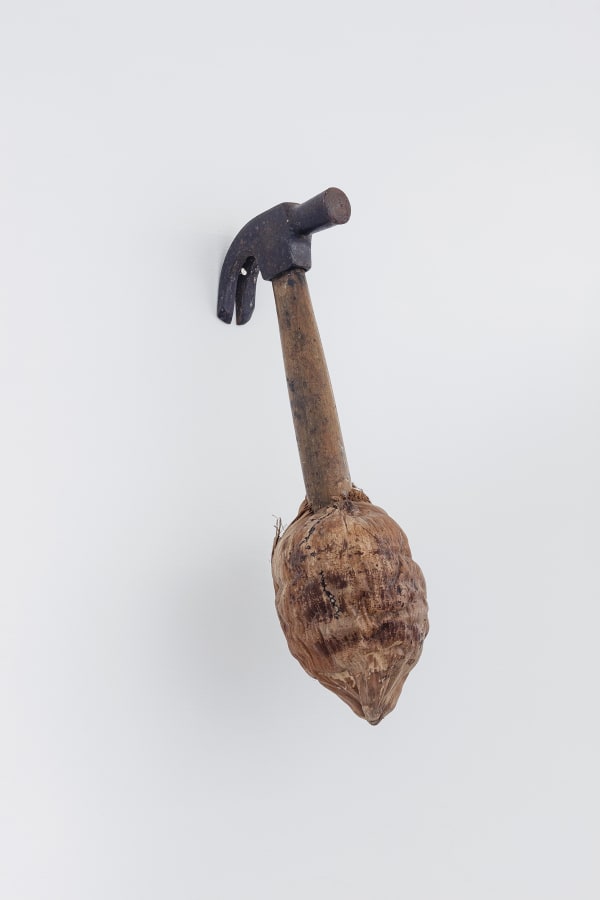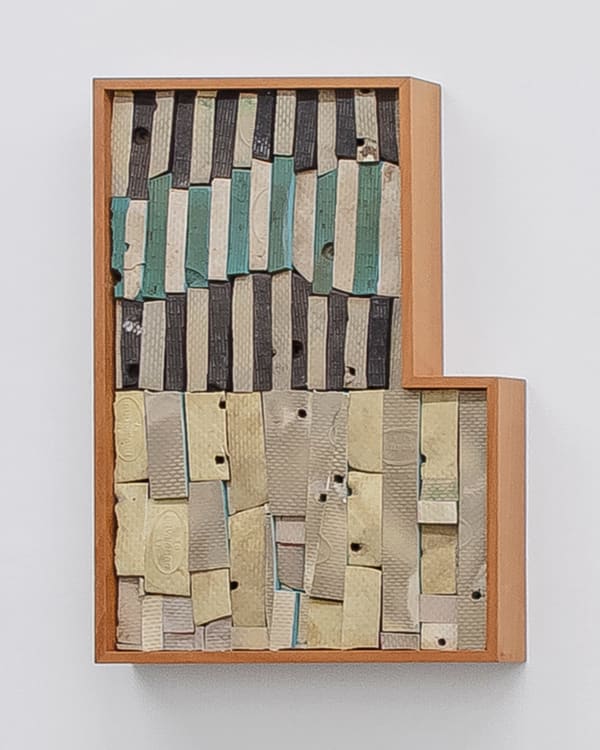-
-
Between late 2019 and 2021, Zé Tepedino carried out countless ephemeral interventions in various public spaces in the city of Rio de Janeiro, always with the help of friends to carry materials, set up structures, and document the work. Carried out improvisationally and without any official authorization, to a certain degree these actions reecho the subversive spirit of Flávio de Carvalho, who, upon encountering a Corpus Christi procession in the center of São Paulo in 1931, decided to walk against the flow of the faithful to carry out an experiment on crowd behavior. Less scientific and perhaps more playful, Zé Tepedino seems to be primarily interested in the aesthetic potential of these interventions in the cityscape. In Encantado – Linha Amarela [Enchanted – Yellow Line], the artist painted a hopscotch game on the central lane of Rio de Janeiro’s busy Yellow Line expressway, in a risky action that depends on moments of pause in the heavy traffic. Another intervention, this time on the beach in São Conrado, consisted of a temporary sculpture constructed with pieces of found Brasilite roof tile, of various lengths, stood on end in a line along the seashore to form a sort of topographical drawing. On the same beach, on the day of Saints Cosmas and Damian, Zé Tepedino created a playground of sculptures constructed with boards and slats inspired by the shape of public playground equipment. However, these playground items were sculptural: the ramp on the slide had a 90-degree drop in it; the seesaw had two boards forming a fixed “x,” thus preventing any of the equipment from being used in the traditional way, in keeping with standards of safety.
-
 Avesso III, 2021
Avesso III, 2021 -
 Canga, 2022
Canga, 2022 -
 Povos de Língua inglesa, 2018
Povos de Língua inglesa, 2018 -
According to the artist himself, his method of work is analogous, to “a certain way of saying things, an improvisation with words.” In this sense, each object or material used in his constructions is equivalent to a semantic unit, a term, a word, whose meaning transforms depending on the context and the way it is used: depending on the other terms of this sentence, whether it is shouted, whispered, spoken with affection, anger, or humor, with the ability to express infinite meanings depending on how it is presented to the world. Zé Tepedino cites filmmaker Eduardo Coutinho: “There are no new subjects[1] . Just different ways of talking about them.” In Zé’s work, the form can be an assemblage of objects, but it can also be an experience in space, an image that is built, even if momentarily, in a cityscape. But, the starting point is always the material, its formal characteristics. The work is a response to what already exists in the world. Here I see a nearly meditative attitude, a certain calm in his meticulous observation of the details that each object bears, almost like someone who seeks to understand an unknown language in order to then start a dialogue. It all begins with the form, with the material.
-
 Avesso, 2020
Avesso, 2020 -
 Aventura, 2022
Aventura, 2022 -
 Carnaval 19, 2020
Carnaval 19, 2020 -
 Primeira Vez, 2023
Primeira Vez, 2023 -
-
 Maral, 2022
Maral, 2022 -
 Gênios da pintura 1, 2021
Gênios da pintura 1, 2021 -
 Jurema, 2022
Jurema, 2022 -
 Juntos venceremos, 2016
Juntos venceremos, 2016 -
 Photo: João Cabral
Photo: João Cabral
Viewing room
